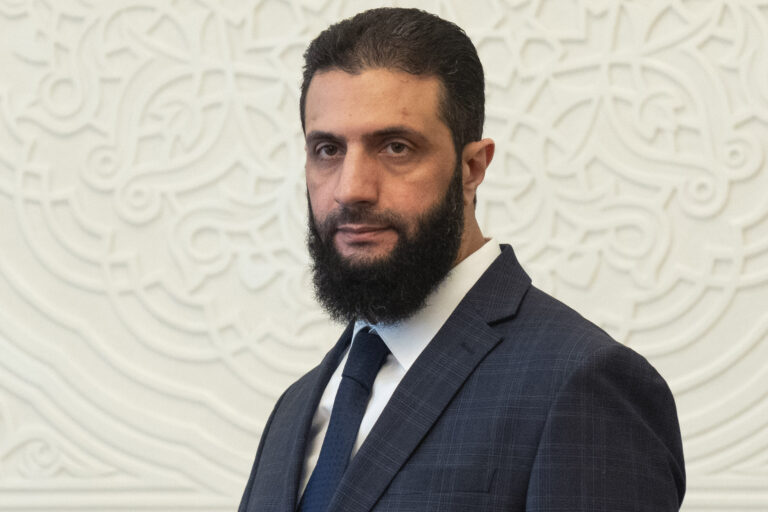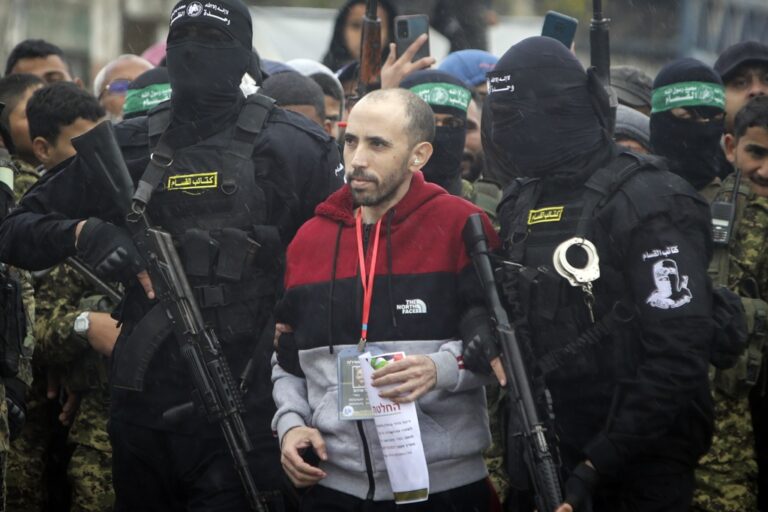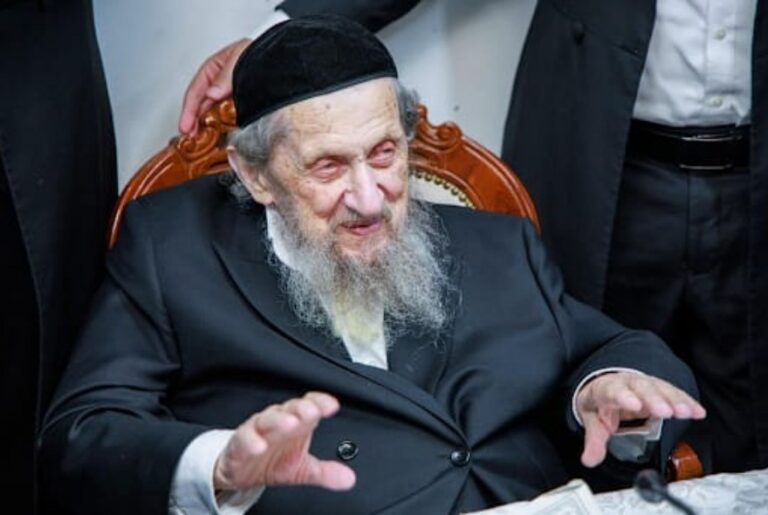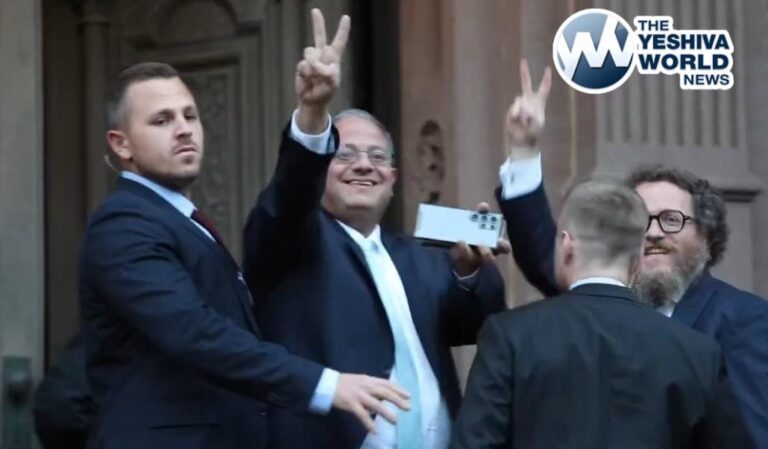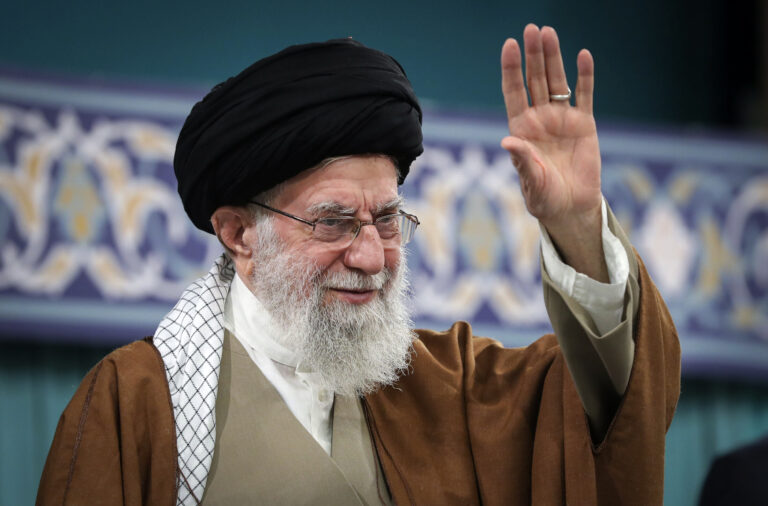 By Rabbi Yair Hoffman for the Five Towns Jewish Times
By Rabbi Yair Hoffman for the Five Towns Jewish Times
It is a question that many ponder. Philosophers, scientists, and great men have explored this question since the dawn of time. What happens to the soul after death?
The Torah sources teach us that the soul is immortal. This is a foundation of Torah-true Judaism. This can be seen from the emphasis that is placed upon Shabbos observance. Although we keep Shabbos mainly because the Torah tells us to do so, it is also the flagship of Jewish belief. We stop all forms of creative acts because G d ceased and desisted from creative acts and rested on the seventh day. With our resting as well, we declare to the world that we believe in the Creator, that He is the essence of all that is good, and that He rewards good and punishes evil. In order to receive this reward and punishment, the soul must be immortal.
The neshamah, or soul, becomes attached to the guf, the body, while yet in the womb. The Talmud (Niddah 30b) derives this from the verse in Iyov (29:3) “When He lit His candle over my head; by His light I would go through the darkness.” The Talmud further explains that the soul is taught the entire Torah during the nine months in the womb and that these days are replete with remarkable goodness.
The soul is likened to a lamp, as described in the verse “Ner Hashem nishmas ha’adam—a lamp of G d is the soul of man (Mishlei 20:27) and “For You light my lamp, Hashem; My G d brightens my darkness” (Tehillim 18:29).
The Soul Departing
The Midrashei HaZohar on Koheles (p. 1196) explains that 30 days before the death of the person, the neshamah begins to fade away. However, it remains with the body until the moment of death, yetzias ha’neshamah. When the soul departs, it is compared to the extinguishing of a lamp (Shir HaShirim Rabbah 6:1).
The connection that binds the soul to the body is quite strong. The Gemara in Avodah Zarah (20b) tells us that in order to sever that connection, the Malach HaMaves, the Angel of Death, frightens the person to death, causing the soul to detach from the body. If the person had developed a close connection to Hashem in his or her lifetime, then there is ein macharid—there is no frightening on the part of the Malach HaMaves. Rather, the departing of the soul occurs because of its desire to attach to the Shechinah, which arrives as well.
The Megaleh Amukos (Parashas Emor, ofen 17) cites the Sefer HaTemunah, a Kabbalistic work, that when the soul departs the body, it sings the hymn of Mizmor Shir L’Yom HaShabbos. It is likely that this refers only to those on a high spiritual level. Such people merit to see the Shechinah at the time that the soul departs (Avodas Yisroel of Rav Yisroel of Kozhnitz, Parashas Parah).
Sometimes the severing of the two is painful and sometimes it is not, depending upon the spiritual level of the deceased (see Ohr HaChaim Parashas Bechukosai 26 and Gemara in Berachos 8a).
The time when the soul departs is not insignificant. In Pirkei D’Rebbe Eliezer (34), it states that the sound of the separation is one of the six sounds that reverberates around the universe but is not heard.
The Five Facets Of The Neshamah
The Midrash (Bereishis Rabbah 14:9) refers to the general neshamah with five names or forces: Nefesh, soul; Ruach, spirit; Neshamah, breath; Chayah, life force; and Yechidah, unique singularity. The Master Kabbalists explain that the soul’s five names describe five dimensions of the soul. Nefesh is the force that is the engine of physical life. Ruach is the emotional self, imbuing the individual with personality. Neshamah is the intellectual self. Chayah is the life force imbuing the person with will, commitment, and faith. Yechidah connotes the essence of the soul—its unity with its source, the singular essence of Hashem.
Time Of Confusion
Immediately upon death, the neshamah can be in a state of utter confusion. It is thus considered a great chesed to remain with a dying person, so that he or she not die alone and confused.
During this time, the soul often forgets, out of a sense of confusion and fright, who it was. The Shla HaKadosh thus recommends that one become familiar with a verse in the Torah that alludes to his or her own name so that the soul can be calmed during this period. The verse alludes to one’s own name if the first and last letters of the verse match the first and last letters of one’s own name. These verses are usually found and recited in the back of the Shacharis Shemoneh Esreih.
The soul that is now detached from the body is painfully aware of any and all things that physically surround its body. This is particularly true before the body is buried. The soul can also hear words that are said by others that are around the body. The Talmud (Shabbos 152a) tells us that the soul itself mourns for its body for a full seven days. This is seen from the verse “His soul mourns for him” (Iyov 14:22).
It is for this reason that those who perform the taharah and those who watch the body before it is buried should refrain from frivolous conversation so that the neshamah not be further bewildered by what is transpiring.
The First 12 Months After Death
For the first 12 months after death, portions of the soul hover over the body. For most neshamos, until the body reaches a certain level of decomposition, the soul wanders near the body and has no permanent resting place. This is one of the reasons for its pain and discomfort. The soul thus hovers over the body. During this time, the soul is aware of and is pained by the physical changes that occur to its body. Tehillim, praises recited to Hashem, are a source of comfort for the confused neshamah.
The Talmud (Shabbos 152a) therefore states, “Worms are as painful to the dead as needles are to the flesh of the living, as it is written (Iyov 14:22), ‘His flesh grieves for him.’” The Mekubalim call this “Chibut HaKever”—punishment of the grave.
For some people, what happens to the body in the grave can be even more painful than Gehinnom itself.
Judgment
During that first year after death, the soul is initially judged by the Heavenly court. In addition to this initial judgment, the souls of the wicked are further reproved for 12 months after death. Others are reproved for a lesser time, depending upon the severity of what they had done and whether they have done teshuvah for it.
If teshuvah mei’ahavah, penance out of love of Hashem, was performed, then the sins that were done in one’s lifetime are not only erased, but count as mitzvos. This is a remarkable “freebie” that is beyond our understanding. It also serves to lessen the amount of time that the neshamah spends cleansing itself.
Because those who are particularly righteous or who have done teshuvah mei’ahavah in their lifetime do not receive the full 12-month stay in Gehinnom, Kaddish is recited for only 11 months, in order that he not be judged as an evildoer.
Thus we see that if one is viewed positively here on earth, it affects, to some degree, the disposition of the individual in Heaven as well.
For this same reason, when mentioning a parent’s name during the first year after death, one should say, “Hareini kaparas mishkavo—May I be an atonement for his resting place.”
The main judgment after death is in Gehinnom, where the soul is cleansed in a spiritual fire and purified so that it can receive eternal reward. The fire abates every Shabbos.
Souls Sent Back
There are souls that are judged at the initial judgment as not yet ready for the spiritual purification that Gehinnom accomplishes. These souls are sent back to earth so that they will gain some sort of merit. When this transpires, then the process of judgment begins and then they can first get to Gehinnom. Even though, at times, this can take longer than the 12 months, we treat everyone as if they only have to do 12 months at most.
The souls of the righteous are quite lofty. They are, in one sense, even greater than the angels on high. How so? They are able to progress higher and higher in their ultimate heavenly venue. Zechariah the Navi was once told (3:7), “If you go in My ways . . . then I will give you a place to move among [the angels] standing here.” Hashem showed Zechariah a vision of stationary angels, telling him that he would be able to move among them. Angels, having a limited form of bechirah—free choice—remain in one level of Gan Eden. A truly righteous person can move and ascend—both before and after the neshamah has departed.
Merit For The Neshamah
How does this happen after the neshamah has departed? If, in one’s lifetime, one left children that perform mitzvos, or one helped create Torah learning, or one has descendants or others who learn on his behalf, study Mishnayos on his behalf, or recite Kaddish on his behalf, he can shift his Heavenly station upward.
Conclusion
The Zohar tells us that out of the mitzvos that a person performs in his or her lifetime, the Holy One fashions clothing to place around the neshamah. These robes allow the soul to stand before the courtyard of the king. Without them, the soul cannot view the pleasantness of Hashem, Noam Hashem. The converse is also true. When aveiros, sins, are performed, a decrepit robe is placed over the neshamah and its judgment in Gehinnom then takes place.
The processes that occur to the neshamah after it departs from the body are complex and somewhat scary. Yet it is possible to prepare for this time properly. We see the tremendous importance of developing a dveikus, a cleaving to Hashem, of performing teshuvah out of true love of Hashem, and of supporting Torah study during our lifetime. May Hashem speedily bring about the removal of death laNetzach.
The author can be reached at [email protected].
His books are available for purchase at Amazon.com.






